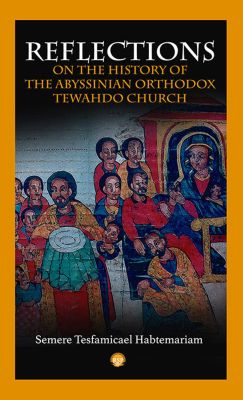This book tries to understand how Abyssinia (most of Modern-day Eritrea and Ethiopia) was favored by the three Abrahamic religions: Judaism, Christianity and Islam, and how the Orthodox Tewahdo Church has evolved to be the source of glory and quintessential identity of the people and country. The Orthodox Tewahdo Church is the oldest and most venerated institution in Abyssinia where the simple piety of the people has remained untouched throughout its long history. It is not only a religious institution but a repository of art, music, culture, poetry, and literature which has an immense influence on the very essence of Habesha identity. It is a 'carrier of high culture' (Gebre-Medhin, 1989). To some degree, understanding the Tewahdo Church is similar to understanding the last 17 centuries of Abyssinian history and civilization. It is the unveiling of 'this distinctive conglomerate and its forms and expressions' that 'had long become the store-house of the cultural, political, and social life of the people' (Ullendorff, 1973, p. 93); and the unearthing of the Tewahdo fossil where Abyssinian history is ensconced. More importantly, it is also the religious story of how 'the purest prayer of Orthodox Christendom' (Hansberry, 1974) had risen from the source of the Nile to the mouth where St. Mark planted his seed. It is the embodiment of the purest seeds of evangelism, the miraculous story of how the baptism of an Ethiopian eunuch on a pilgrimage to Jerusalem, had given birth to the baptism of millions of Abyssinians back home.

